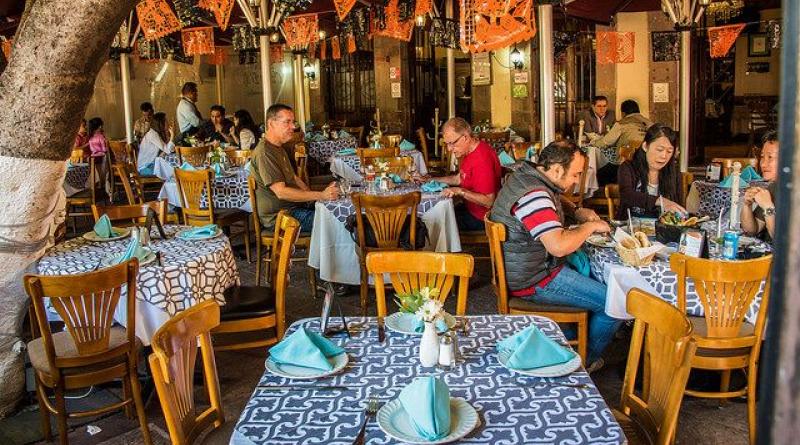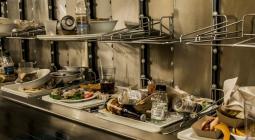How Restaurants Can Cut Food Waste on Valentine’s Day – and Every Day

Going out for a festive meal this Valentine’s Day? You’re not alone. On this holiday and others, restaurants see big business.
That’s good news for the restaurant industry, but big business can generate a lot of food waste, which is a huge economic, social, and environmental problem.
For the average person, the steps to reducing food waste when dining out are pretty straightforward:
- Don’t order too much.
- Finish everything on your plate.
- Take home the leftovers if you didn’t follow steps 1 and 2.
For restaurants, however, food waste is an inefficiency to be avoided. But most restaurants don’t realize how much food they waste. After a high-traffic day like Valentine’s Day, restaurants need to look at their operations with a critical eye.
The good news is that restaurants can cut down dramatically on the amount of food they waste and see a host of benefits from doing so. New research on behalf of Champions 12.3 – which tackles food waste as part of the Sustainable Development Goals – makes a robust case for cutting food waste at restaurants. The analysis of 114 restaurants in 12 countries found that nearly every restaurant achieved a positive return when investing in food waste-reduction programs, with the average restaurant seeing a 600 percent return on investment. The average restaurant also reduced food waste by 26 percent within the first year of working to reduce it.
How is this possible?
Even though most restaurants are pretty efficient these days, they still waste quite a bit of food. Many restaurant managers and business leaders accept waste as part of the cost of doing business, bury the associated costs of food waste in operational budgets and don’t see programs to reduce waste as worth the investment. In our analysis, however, all sites kept their total investment over three years under $20,000 and got $7 back for every $1 invested.
Here are three simple steps that restaurants can take now to reduce food waste and increase their profits.
- Measure. The first step to reducing food waste is to start measuring food waste. By consistently tracking waste, a restaurant can identify how much and where food goes to waste. A restaurant can measure waste with a digital tool like the products sold by Winnow Solutions and LeanPath or it can even start with a bare-bones manual measurement system to get a rough picture of their waste habits.
- Engage staff. Once a restaurant is measuring its food waste, it’s up to staff to figure out how to fix it. Luckily, as anyone who has worked in a restaurant knows, kitchen staff are really creative and often come up with the best solutions to their unique food waste problems. For example, one restaurant in the Washington DC area started using leftovers from breakfast on creative pizzas and stir-fry dishes. This reduced their waste, made the customers happy (the pizzas were especially delicious) and made them extra money.
- Adjust inventory and purchasing practices. Many chefs know the story of Anthony Bourdain, of Kitchen Confidential fame, restructuring his inventory list to mirror how his kitchen was stocked, rather than alphabetically as had been common restaurant practice. Restaurants today should take a similar look at their inventory and purchasing practices to make sure they are operating at peak efficiency. Many restaurants routinely order too much or too little, and food waste measurement can improve a restaurant’s customer forecasting and meal planning. Don’t be afraid to adjust purchasing practices if you think you can improve them.
Whether you’re enjoying a restaurant meal this Valentine’s Day, or working a busy shift in the kitchen, try to reduce the amount of food that goes to waste. It keeps more money in your wallet and helps the planet to boot.
For more details, read The Business Case for Reducing Food Loss and Waste: Restaurants.
14 February 2019





